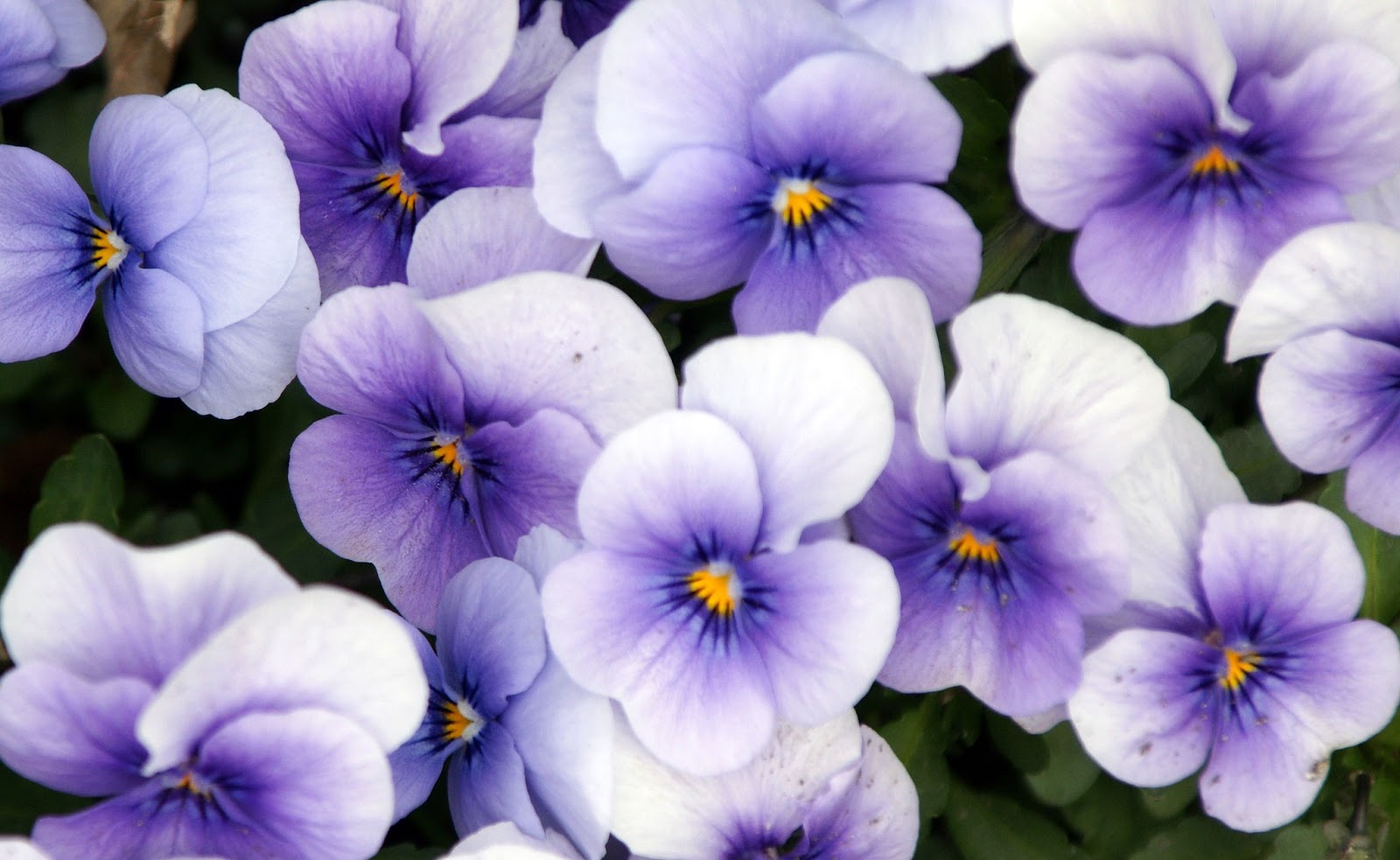During the Christmas holiday season, there are many
amaryllis bulbs for sale in garden centers, box stores, and catalogs. These bulbs have been prepared by the
supplier so they are ready to bloom and will give stunning displays for your
holiday enjoyment. But what about after
they bloom? Do you throw them out or can
you get these bulbs to bloom again another year? With very little work, you can enjoy your
amaryllis bulbs for years to come!
After the blooms are spent, cut the flower stalk off down
to an inch or so from the top of the bulb, but leave the foliage that by now has
grown from the bulb. This foliage is
very important and will allow the bulb to produce a bloom for the next
year. Continue to water as you would a
house plant during the winter. After all
danger of frost has passed and when you would usually take house plants
outside, put the pots containing the bulbs outside. Some folks will plant the bulbs directly into
their flower beds. I find leaving them
in their pots makes bringing them inside in the fall so much easier and doesn’t
turn into one of those things that you don’t have time to do before frost.
Throughout the growing season, if the bulbs are in their pots, water every day and fertilize about every two weeks. Place the pots where they get good morning sun, but some late afternoon shade, so that they won’t dry out too quickly. In the hottest part of the summer, the soil will be completely dry by the end of each day.
Right before frost (around here most likely sometime in
October), bring the pots into the house, basement, or a protected garage. Stop watering and allow the foliage to wither
and dry. Keep the bulbs in a cool dark
spot ; cover them with newspaper, if necessary, to keep them dark. Remove spent foliage as it dries. Enjoy the holidays leaving your amaryllis
bulbs right where they are. If you want
amaryllis blooming for the holidays, you should purchase new bulbs because your
bulbs from last year need a resting period.
After the holidays, when the January days make you long
for the outside, it’s time to replant your amaryllis bulbs. Begin by removing them from their pots. You will be amazed at how the roots have
grown! Tease the roots to remove the
spent potting soil. A few of the smaller
roots will break off, but that’s not a problem.
Squeeze the bulb. It should be
nice and firm; discard it if it feels soft or has a rotten odor. You may even find that your bulb has produced
some small bulbs beside your main bulb.
It will take several years before these are ready to bloom, but you will
want to pot them up as well.
Before potting, I suggest hydrating the roots
overnight. Place the bulb in a
waterproof container without drainage holes.
Put enough water in the container so that the roots come in contact with
the water, but the bulb doesn’t. The
roots will absorb some of the water and be nice and plump when planted the next
day.
Many times small plastic pots are provided with the bulb
when first purchased. I suggest using
pots that are a bit sturdier and possibly deeper than the ones that came with the
bulbs. The pots should be about two inches larger in diameter than the bulbs. Clay pots are particularly handy because they
are heavy. When the bulb blooms, it may
become tall and heavy, and a clay pot will help keep the pot from tipping over.
Use a good quality potting soil when re-planting your
bulbs and make sure to push the soil in around the roots, pressing firmly. Situate the bulb in the pot so that most of
the bulb is out of the soil and all of the roots are in contact with the
soil. Water the soil deeply allowing the
excess water to drain from the pot. The
soil may settle some. Don’t allow water
to sit in the saucer; water sparingly until growth begins.
Place the pot in a sunny, warm location, about 68 degrees. After several weeks you will begin to see a bud
peaking out of the center of the bulb.
As the first floral stalk lengthens, rotate the pot a half turn every
day or so to keep the plant from bending.
If the foliage begins growing
first you most likely will not get a bloom with that particular bulb. Don’t give up, however, just repeat the
process for another year, making sure to allow the foliage to grow to its
maximum potential to produce the bloom for the following year.








